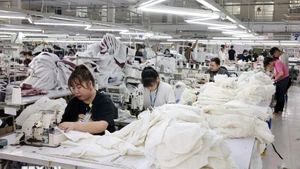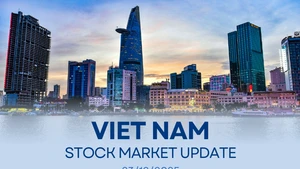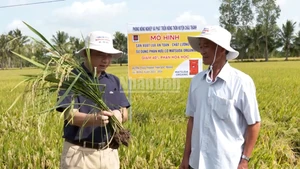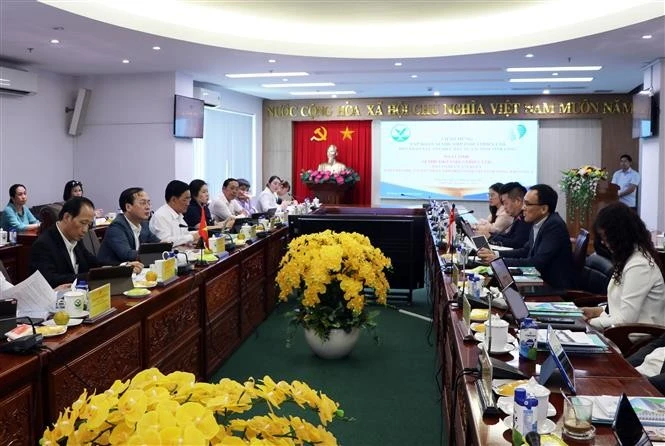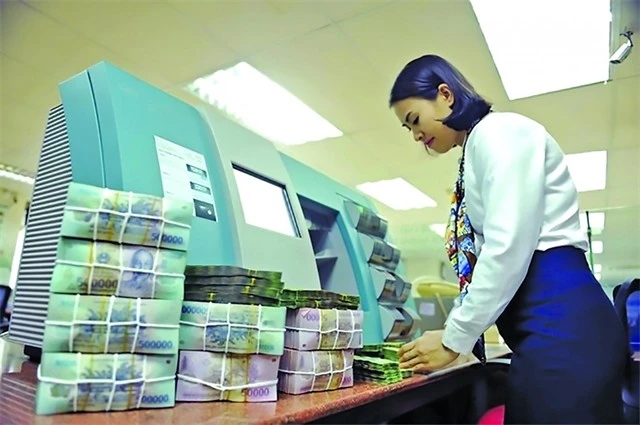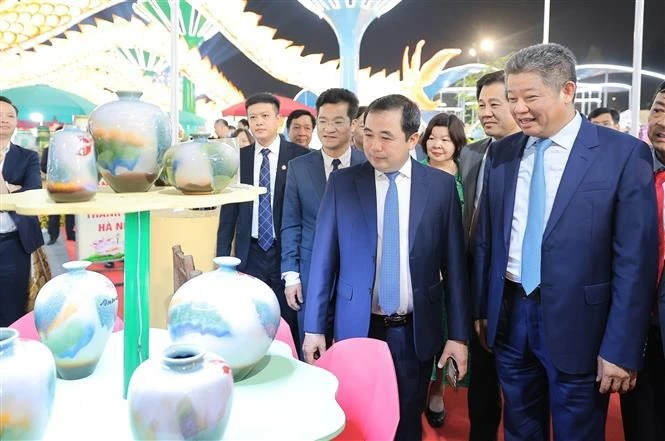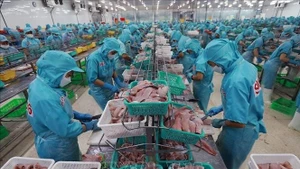Co-hosted by the Ministry of Planning and Investment’s National Centre for Socio-Economic Information and Forecast (NCIF), and the United Nations Development Programme (UNDP), the event aimed to look into the process of post-pandemic economic recovery and policies to maintain growth and development in the coming years.
Several delegates at the event said despite impressive economic prospects this year, risks remain, mostly related to external factors.
In 2022, the Vietnamese economy outperformed others in the region thanks to consumption recovery, strong exports and resumption of international travel. In the third quarter, GDP growth beat all forecasts to reach 13.67% year-on-year, bringing the nine-month growth to 8.83%. Inflation was under control, at 4%. However, the slowing global growth and rising financial risks may impact growth in 2023 and 2024.
UNDP Resident Representative in Vietnam Ramla Khalidi pointed out that the Russia-Ukraine conflict, economic slowdown in China, rising global interest rates and a stronger US dollar, and growing recession risks in Europe could affect demand for Vietnam’s exports and increase the risk of macroeconomic instability.
According to the official, domestic risks could come from the banking and bond markets, and the impacts of climate change on agriculture and community health such as rising sea level, flooding, drought and storms.
Francois Painchaud, Regional Resident Representative of the International Monetary Fund (IMF) for Vietnam and Laos, said the IMF have revised down Vietnam’s growth forecast to 5.8% next year compared to 7-7.75% this year due to slowing external demand and tighter financial conditions.
To cope with such challenges, he proposed that Vietnam’s policies should be cautiously calculated, coordinated and disseminated to manage negative risks and ease policy trade-offs, especially the trade-off between growth and inflation.
Director of the NCIF’s Department of Industrial Forecast and Enterprise Development Dr. Tran Toan Thang said the Vietnamese economy could play out under two scenarios in 2023.
In the first scenario, it may grow by 6-6.2% if risk factors outweigh recovery trends from 2022. The second scenario is more optimistic with growth of 6.5-6.7% if the recovery process is more favourable amid has less global impacts.
The first forum of this kind was held in 2021 with a view to gather government officials, academic institutions, business communities and citizens for extensive discussions on economic issues and socio-economic development policies.


